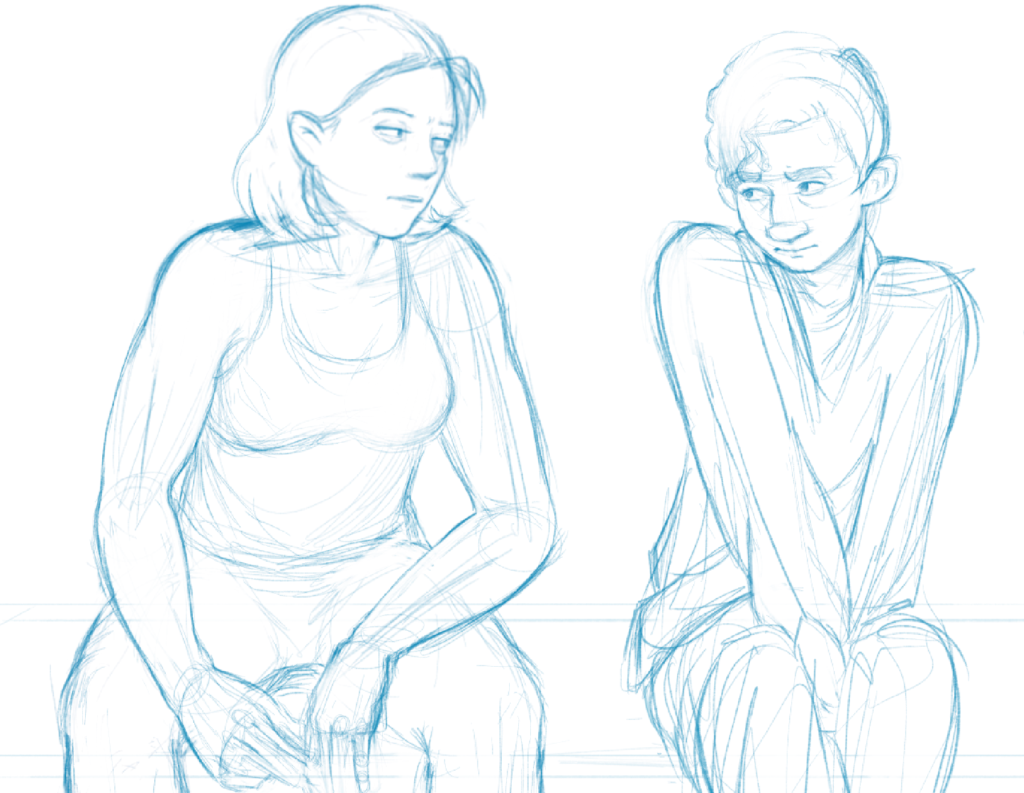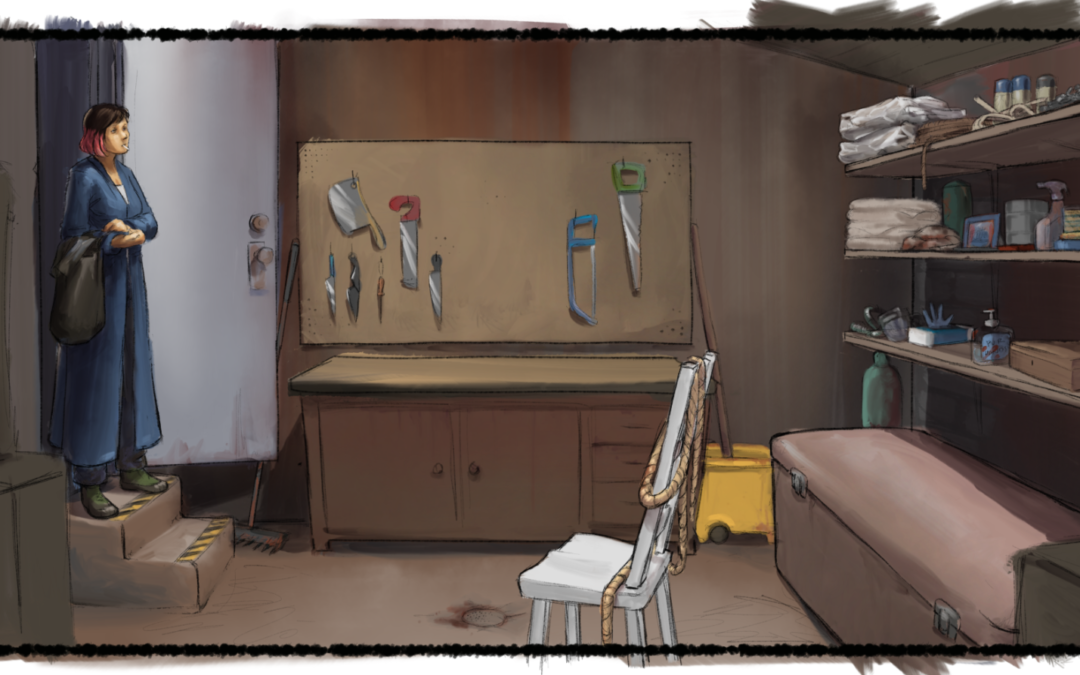Livejournal callback!
Mood: Procrastination Caffeination
I have a habit of putting on analytical video essays about movies and comics, and then sorta… half watching them, while thinking about the story. It’s not an intentional habit. I don’t think it’s the best way to write or anything. It’s just… as close as I can get to taking a break, without feeling like I’m wasting time.
So today I’ve been watching a string of Ryan Hollinger‘s videos. Specifically his video on Michael Meyers, Texas Chainsaw Massacre, and Scream. I pulled them up because I woke up thinking about how to control the intensity of our impression of the killers I’m writing. They fact that they’re terrifying people is what holds the tension of the story, but I’m not here to scare anyone. I mean, sometimes I have some dark days, and I don’t want future self getting freaked out by my own work. Well… not too much anyways. It’s a tough balance, having fun while philosophizing about death and morality.
If I can figure out the elements that are used to increase scariness, then I won’t have a problem limiting that.
In Ryan’s video about Michael Meyers (of the films “Halloween”, and “Halloween II”, while he pretty much sets aside the rest of the franchise) he discussed how keeping the threat unknowable increases the amount of dread. In the sequel that reveals Meyers’ origin and motivation, the tension is greatly reduced. If a threat is predictable, it’s far less scary.
In the video on Texas Chainsaw Massacre, Ryan discusses how framing the uh… (I admit haven’t seen these movies, I just like watching reviews and take-aparts) the murder family as part of their environment makes them more “normal”. That is, according to Ryan, in the original the locals in the area where the incident takes place are all pretty odd. The family doing the murdering isn’t really that far out in comparison to their neighbors. So when we meet the real scary family, they feel more grounded and real, than if they’d been presented as an anomaly. If a threat feels like it could be real, it’s more frightening.
While in the video on Scream, Ryan proposes that the villain of Scream is made more horrifying by how humanized they are. Again, bringing them closer to reality, and making the threat feel closer to home.
It’s interesting that there’s such a clear difference between justifying a character’s actions, humanizing them, grounding them, and making them understandable/predictable. I mean, it’s kinda obvious once you say that out loud. Of course they’re different. But all four of those are answers to the common complaint that a character isn’t “believable”, which makes differentiating their uses rather important.

So, as I’m writing my own killers I’m required, for reasons that I can’t explain here, to humanize them. Jesse bites his nails. Kaya is unemployed.
I’ve gone out of my way to make sure you know they’re completely vulnerable to getting hurt. (And, no lie, if it ever makes sense for them to be injured in this story, I will do it. And it will take six to eight weeks to heal. I don’t know why they avoid that in movies. Like, imagine a spectacle fight, but they guy has a legit broken arm. Instant stakes. And you don’t even have to give up the power fantasy. Like, you’re never going to be Wolverine. Isn’t it a lot more interesting to imagine that you could become bad-ass enough to work through injury, than to just not get it?)
Humanizing a threat, like in Scream, or TCM, makes it more “real”. More real means potentially more scary.
However, in my story they would be made less scary because I have to make their actions both understandable and predictable. For story reasons, we have to really get to know these people, so there’s no way to avoid making them more of both those things.
I think I’ll have to watch out for that one in the middle third. It would be completely possible for me to lean to far into the humanization, and lose all the tension too early. Luckily I do have a secondary threat to pull on, just need to remember to introduce that as the primary line goes slack.
There is… maybe… another element that I hear discussed a lot. The power that one has over a threat. Making something predictable is one thing… but there are plenty of predictable things that are still terrifying.
I guess that’s one way of looking at the recipe of a tragedy. Something that is predictable, and justified, but outside someone’s power to change…
And… that’s as deep as I can go into that thought without giving too much away.

